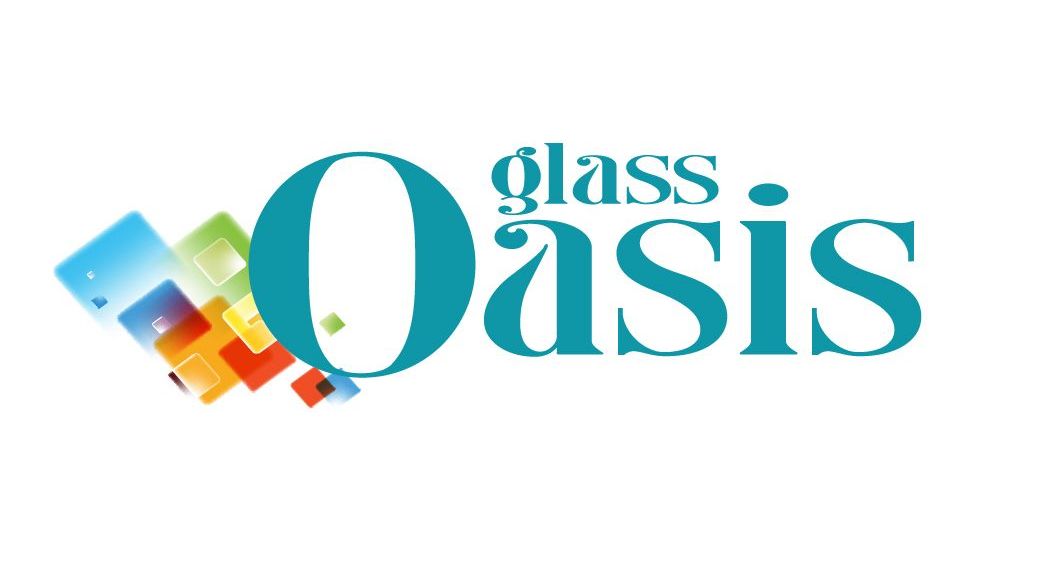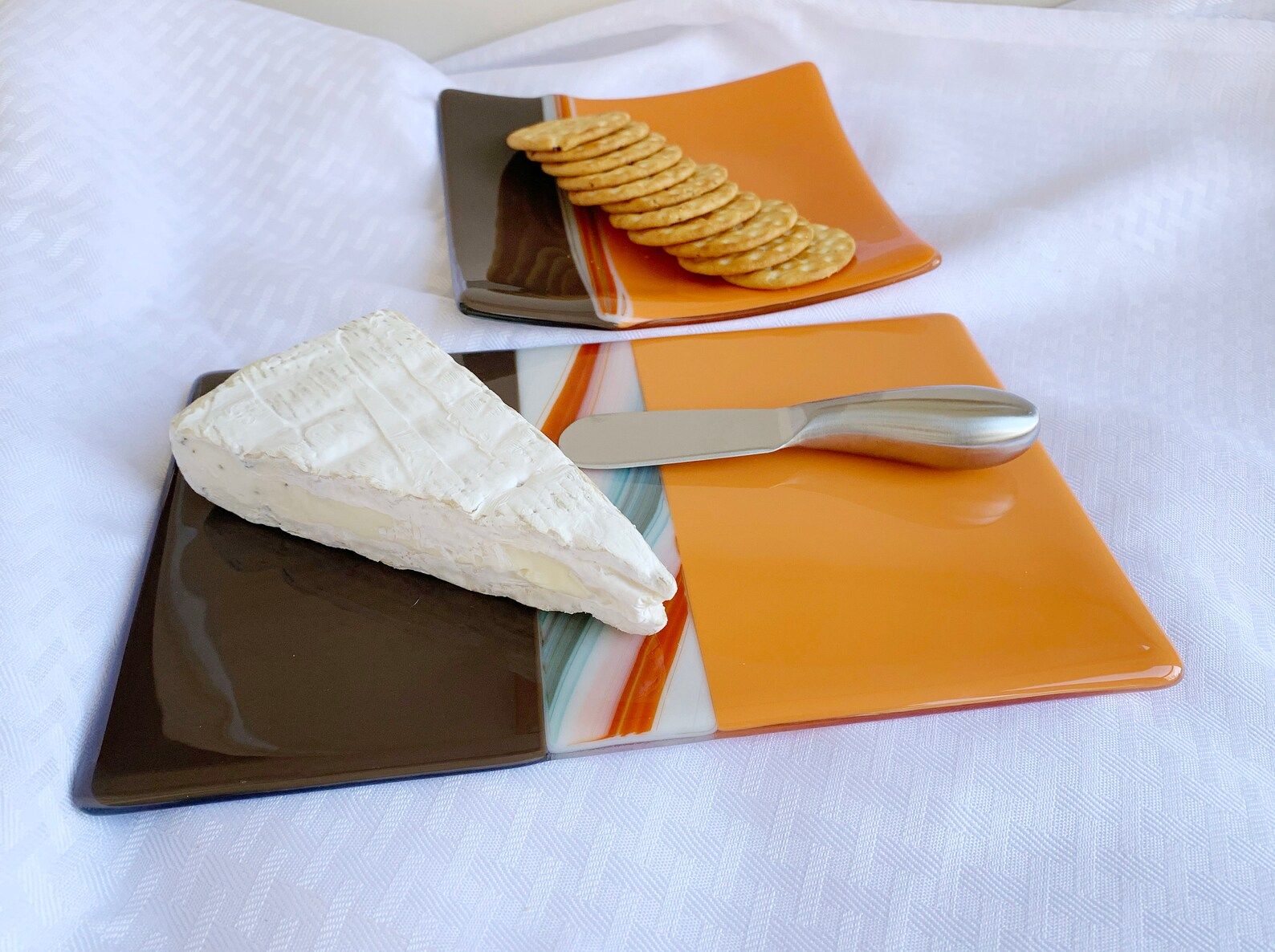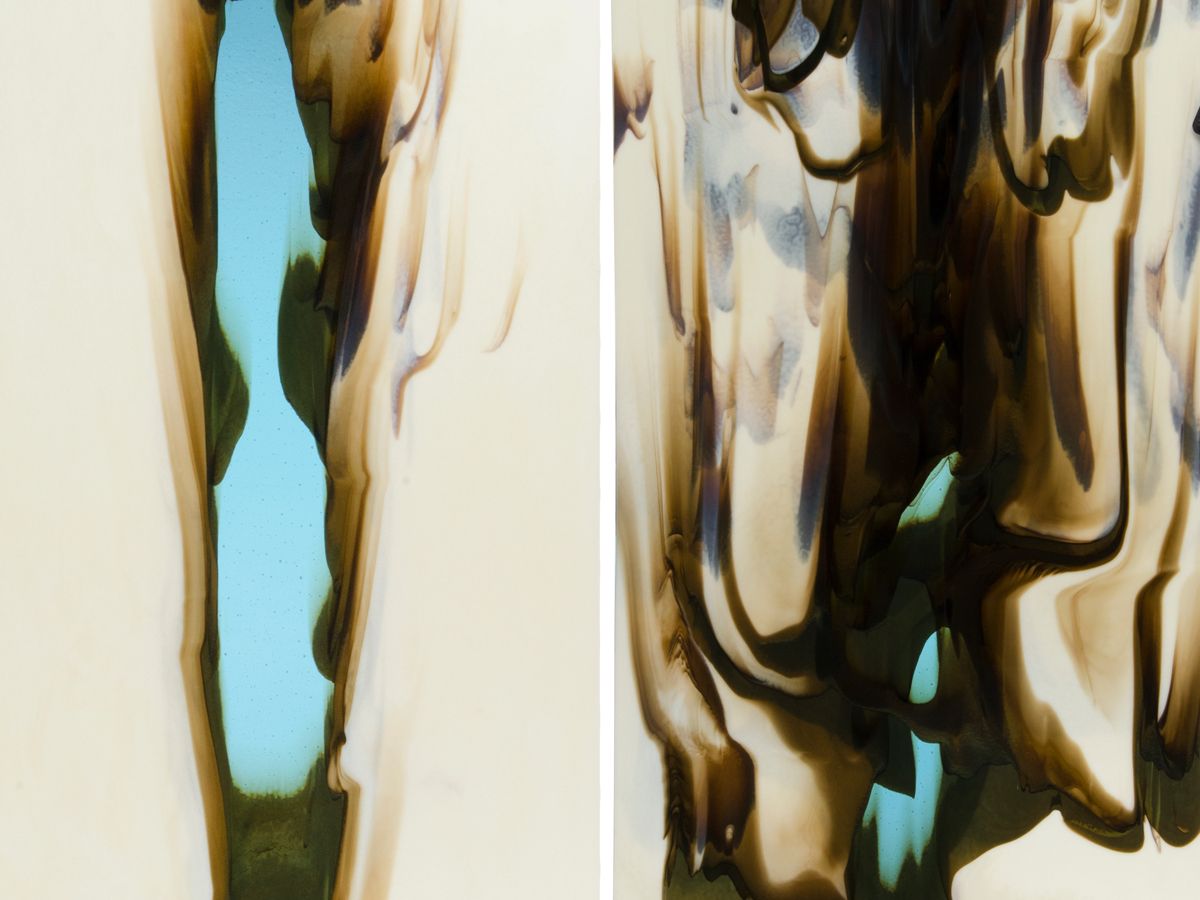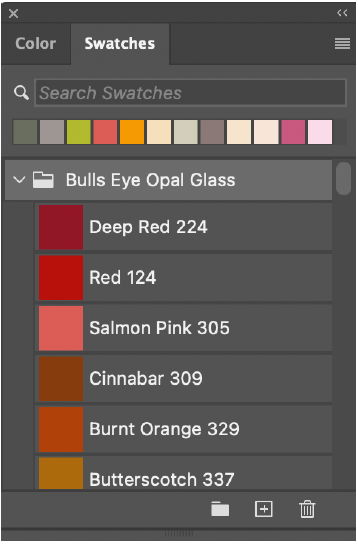Exploring the Beauty and Versatility of Dichroic Glass in Glass Art
Glass art has always been a captivating medium for artists to express their creativity, and one of the most innovative and striking materials to emerge in recent years is dichroic glass. With its mesmerizing color-shifting properties and ability to transform ordinary pieces into extraordinary works of art, dichroic glass has quickly become a favorite among glass artists, jewelers, and designers. But what exactly is dichroic glass, and how can it be used effectively in glass art?
What Is Dichroic Glass?
Dichroic glass is a special type of glass coated with thin layers of metallic oxides, often using a process called vacuum deposition. This technique involves applying a thin, multi-layer coating of metal (such as titanium or magnesium) to the surface of the glass. The result is a glass that displays two distinct colors depending on the angle from which it is viewed. The term "dichroic" itself comes from the Greek words "di" (meaning two) and "chroma" (meaning color), which is a fitting description of the dual-color effect created by this material.
The color-changing effect is due to the interference of light waves as they pass through the glass and reflect off the coated layers, creating a vivid and dynamic play of colors. The surface of the glass can appear to shift in hue, from vibrant blues and greens to fiery reds and golds, giving it an iridescent and ever-changing quality.
How Is Dichroic Glass Used in Glass Art?
Dichroic glass can be used in a wide variety of glass art forms, including:
- Fusing and Slumping: One of the most common techniques for using dichroic glass is in fused glass art. Fusing involves melting pieces of glass in a kiln at high temperatures while slumping consists of shaping the glass over a mold. Dichroic glass is often layered between transparent or clear glass to allow the color-shifting effects to show through. The striking contrast between the dichroic glass and the surrounding materials can create stunning visual effects, especially when backlit or viewed from different angles.
- Jewelry Making: Dichroic glass is a popular material in jewelry design because of its unique, eye-catching appearance. Artists can cut and shape dichroic glass into pendants, earrings, rings, and more. The colors and patterns can be controlled by layering and fusing multiple pieces of dichroic glass, allowing for intricate designs that change depending on the viewer's perspective. The material’s reflective quality can also be enhanced with gold or silver leaf for added depth and sparkle.
- Stained Glass: In traditional stained glass, dichroic glass can be incorporated into panels or windows to introduce an element of surprise and change. The dynamic color shifts can be especially effective when paired with natural light, as it will highlight the variations in hue and intensity, giving the piece an ever-changing quality throughout the day.
- Mosaics: Dichroic glass can also be used in mosaic art, where small pieces of glass are arranged to create a larger picture or design. Adding dichroic glass tiles can add a unique focal point or accent to the work, creating areas of brilliant color and shine that contrast with the matte or transparent background.
- Sculpture: Glass artists have begun experimenting with dichroic glass in three-dimensional sculptures, taking advantage of its color-changing properties to create interactive, immersive works of art. The glass can be layered, cut, and shaped to enhance the play of light and shadow, making it an excellent medium for avant-garde and abstract sculptures.
Techniques for Working with Dichroic Glass
While dichroic glass is a stunning material, it requires some special considerations when working with it. Here are a few tips for using dichroic glass effectively in your glass art:
- Protective Coating: Dichroic glass is often coated with a protective layer to prevent the dichroic layer from being damaged during handling or firing. However, this coating can be scratched or affected by high heat, so it’s essential to handle the glass carefully and avoid abrasives that could harm the surface.
- Layering and Placement: When using dichroic glass in fusing or slumping, think about how the different layers will interact. For example, placing dichroic glass between two layers of clear or transparent glass allows the color-changing effect to shine through without being overpowering. You can also experiment with different orientations to find the best angle for the color shift.
- Firing Temperature: Dichroic glass is sensitive to high heat, and different pieces may react differently depending on the temperature and firing time in the kiln. It’s important to test and adjust your firing schedules to ensure the dichroic glass maintains its color effects without being overfired or losing its iridescence.
- Complementing Materials: Dichroic glass pairs beautifully with other materials, such as iridescent glass, millefiori, gold leaf, and silver foil. Combining dichroic glass with these materials can enhance its visual impact, adding depth, texture, and color contrasts.
Why Artists Love Dichroic Glass
There are several reasons why dichroic glass has become a favorite material for glass artists:
- Unique Color Effects: No two pieces of dichroic glass are the same. The ever-changing colors and patterns give each piece its personality, ensuring that no two works of art made with dichroic glass will be identical.
- Versatility: Dichroic glass can be used in various glass art forms, from jewelry to large-scale sculptures. Its adaptability makes it a perfect choice for artists who want to experiment with new techniques and push the boundaries of traditional glass art.
- Aesthetic Appeal: The striking visual effects of dichroic glass are eye-catching and mesmerizing, often giving the impression of movement or depth. Whether used as a focal point in a larger design or as a standalone piece, dichroic glass draws attention and invites curiosity.
- Creative Possibilities: Dichroic glass opens up new avenues for creativity, allowing artists to experiment with color, texture, and light. The material’s ability to change in appearance depending on the viewer’s angle offers endless possibilities for creating dynamic and interactive works of art.
Dichroic glass has revolutionized the world of glass art with its captivating, color-shifting qualities. Whether creating a small pendant or a large-scale stained glass window, this material adds a unique touch that can elevate your work to the next level. From its fascinating appearance to its versatility in different glassworking techniques, dichroic glass is an exciting tool for artists exploring new horizons in their craft. Whether you’re a seasoned glass artist or a beginner, experimenting with dichroic glass can lead to stunning, one-of-a-kind glass art pieces that will truly stand out.





